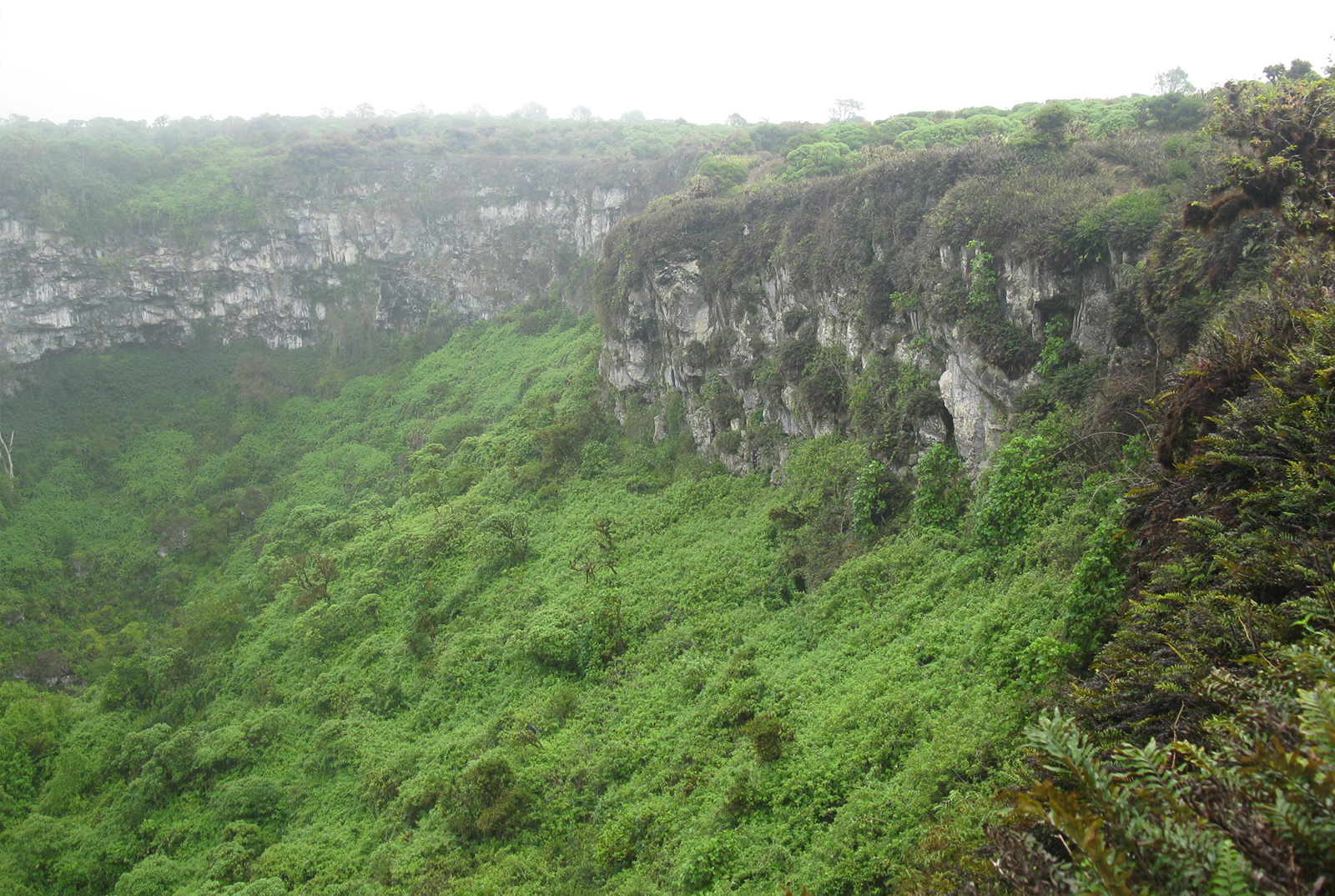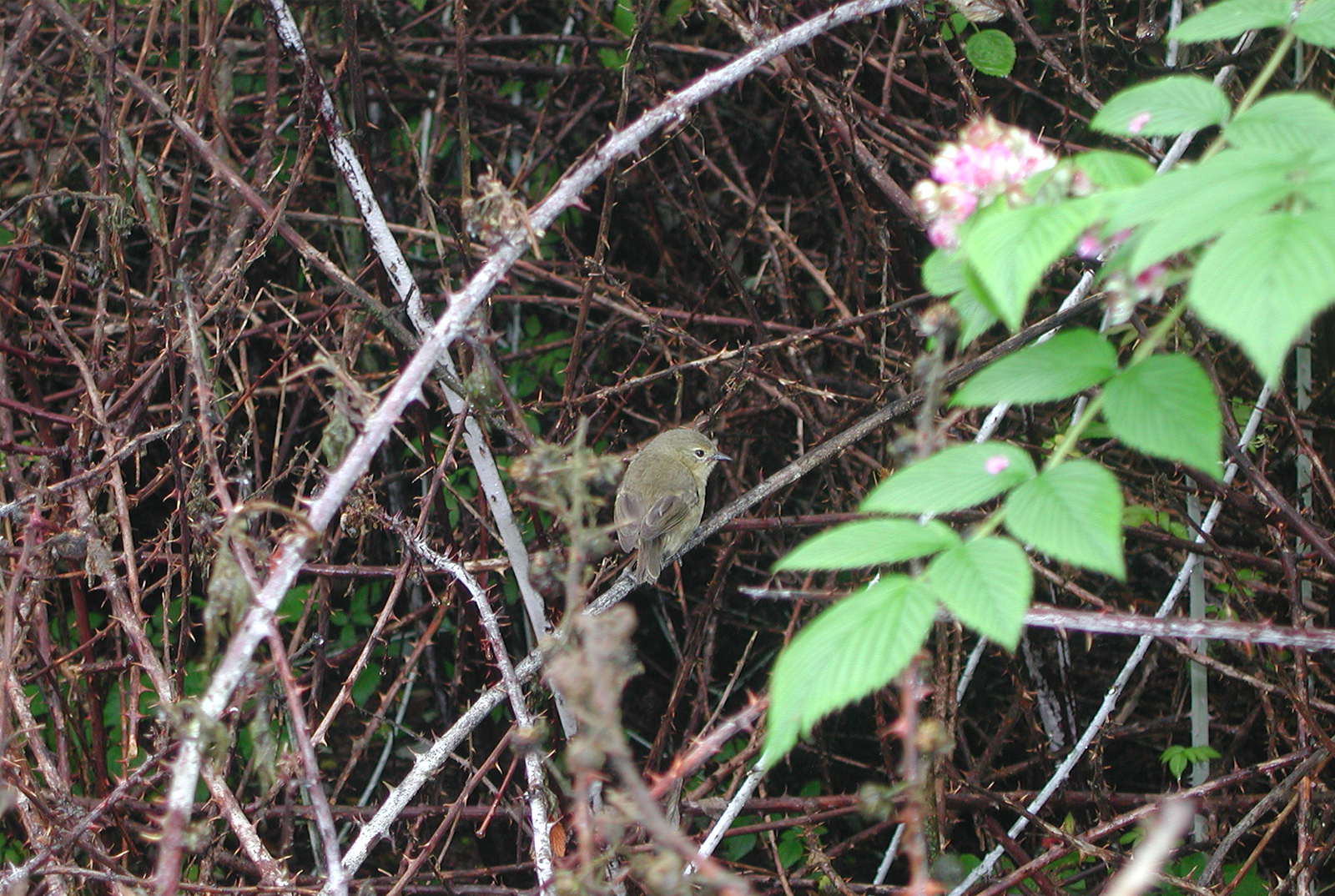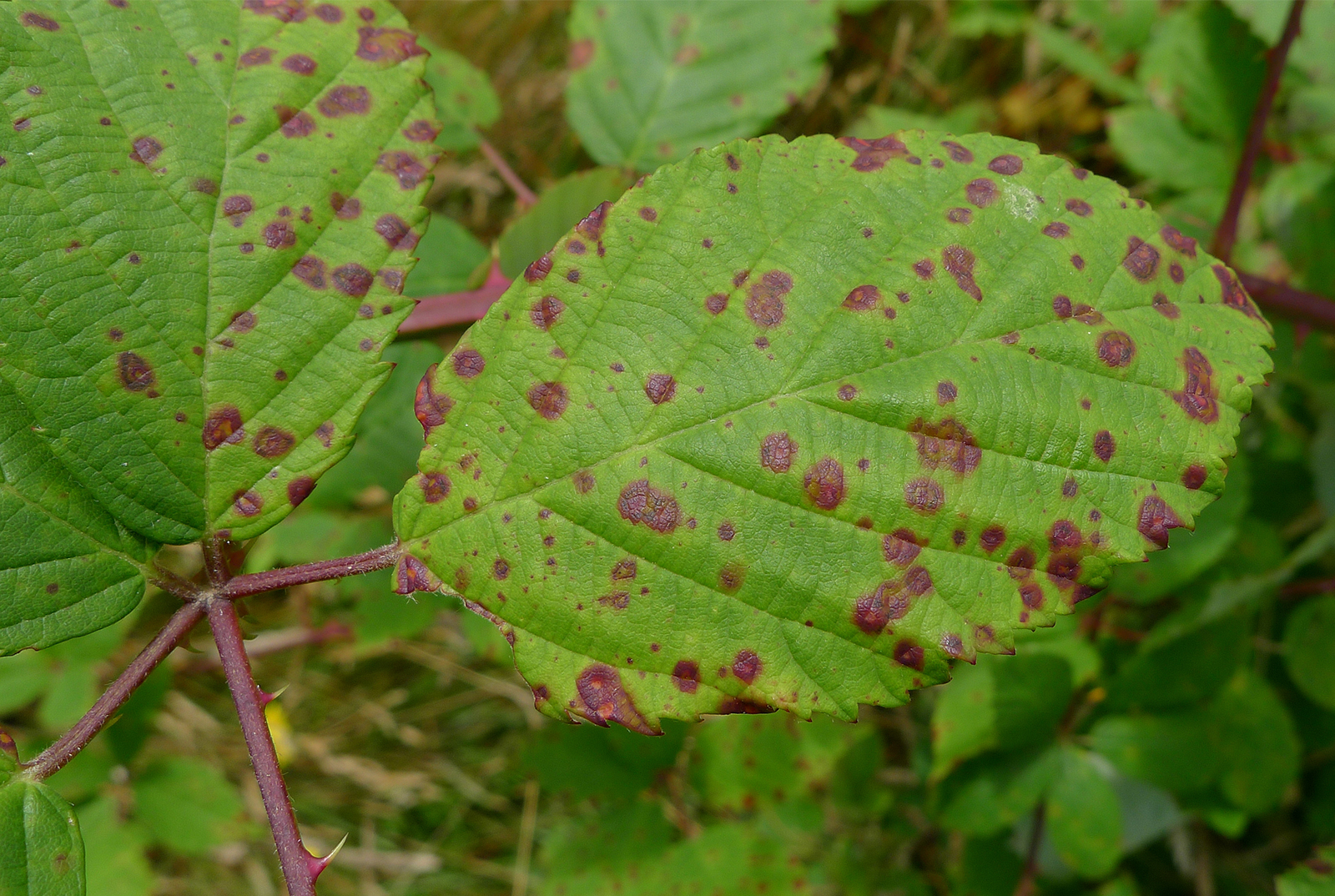Developing a Biocontrol Agent to Eradicate the Invasive Asian Blackberry
Rubus niveus (blackberry) is considered the most destructive invasive plant species in the Galápagos Islands. A perennial shrub native to the Himalayas, it has become popular around the world thanks to its sweet fruit and is now present on the five main islands in the Archipelago – Santa Cruz, San Cristóbal, Isabela, Floreana and Santiago. The rapid spread of its impenetrable spiny thickets in Galápagos threatens to outcompete native vegetation, alter the habitats of native wildlife, and decrease biodiversity. Unlike in its center of origin in Asia, the blackberry has no natural enemies in Galapagos. As a result, this alien plant can expand virtually unimpeded throughout both native forests – including the endemic Scalesia forests – and agricultural land. Galápagos Conservancy is funding research to accelerate the search for a biological control agent – a natural enemy of the blackberry from its native range – to eradicate this aggressive invader.
-
Project Locations
Santa Cruz, San Cristóbal, Isabela, Floreana, Santiago
-
Program Launch
2016
-
Hectares Covered by Invasive Blackberry
30,000
-
Partners
Galápagos National Park, Charles Darwin Foundation, CABI
Why it Matters
- The invasion of alien plant species alters the function and structure of native ecosystems, composition of flora and fauna communities, and species interactions. They can change nutrient cycling in ecosystems, as well as the movement of water and natural brushfire patterns.
- Rubus niveus is considered a transformer species – an organism that fundamentally changes the character, condition, form, or nature of ecosystems over a substantial area. It can outcompete any type of native plant, including grasslands, ferns, shrubs, and forests.
- Recent studies have shown that higher cover of Rubus niveus in Galápagos is associated with significantly lower species richness and cover, in addition to changes in structure to native Scalesia forests.
- The spread of Rubus niveus in Galápagos is currently combatted by expensive and labor-intensive management techniques, including chemicals and manual removal. This management method is not a good long-term solution.
Project Overview

What is biological control?
The term “biological control” refers to the intentional introduction of a natural enemy from an introduced species’ native range to control its spread in its introduced/invasive range. In this case, by introducing a natural enemy of the blackberry from its native home in the Himalayas, its spread can be controlled in Galápagos. This photo shows an area of the Los Gemelos crater on Santa Cruz Island covered in invasive blackberry.
Why might it work in Galápagos?
No native Rubus plant species exist on Galápagos. Because of this, it is an ideal candidate for biological control. By introducing a natural enemy of Rubus niveus to Galápagos, we can control its spread without risking harming any native Rubus plants. Landbirds, like the finch shown in this photo, are not able to access forest floor feeding grounds due to the presence of blackberry.


What are the next steps?
Some species of rust fungi are known to attack the blackberry in its native home in the Himalayas. However, these have not yet proven to be effective in controlling the plant’s specific biotype in Galápagos. Now, scientists have begun planting Rubus niveus seeds from Galápagos near the China-Myanmar border in order to bait other rust fungi that may be effective in attacking the Galápagos species. Once scientists working on this project identify a strain of rust fungus that will work in Galápagos, they will begin tests to ensure it will not harm any other native Galápagos plant or animal life. If successful, the rust fungus will kill the blackberry leaves, as in this photo from an implementation of this techinque in Tasmania.
Get Involved
Take Action for Galápagos, Right Now
Our generous community of supporters is the cornerstone of our efforts to preserve this ecological wonder of the world.



More from Galápagos Convervancy
Keep Exploring
Our Efficiency
78%
Direct conservation and grants investments
18%
Fundraising
6%
Management





